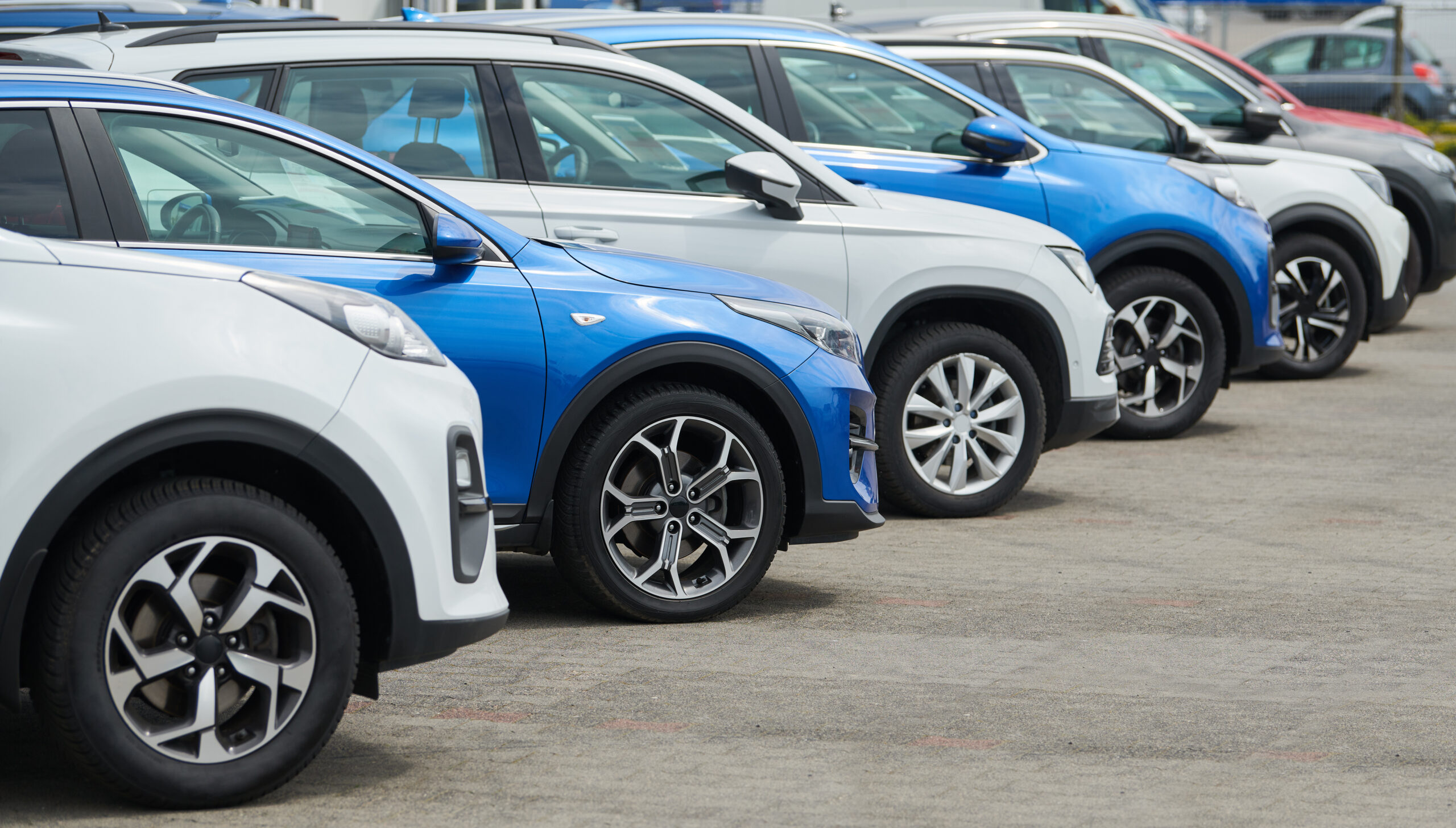
How to Compare Car Lease Deals
With so many car lease deals available, finding the one that best suits your needs can be a daunting task. Leasing a vehicle offers the advantage of driving a new car every few years without the long-term commitment of ownership, but it also requires careful consideration of various factors to ensure you’re getting the best deal. This guide will walk you through the key aspects of comparing car lease deals so you can make an informed decision and drive away with the lease that offers the best value.
Key Factors to Consider When Comparing Lease Deals
When evaluating different car lease offers, it’s important to look beyond just the monthly payment. Here are the key factors you should consider:
- Monthly Payment
What It Is: The monthly payment is the most obvious cost associated with a lease. It’s the amount you’ll pay each month to lease the car.
How to Evaluate It:
– Compare Similar Models: Ensure you’re comparing lease deals for similar models with the same specifications. A lower monthly payment might seem appealing, but it could be for a less equipped version of the car.
– Understand What’s Included: Some leases include maintenance, insurance, or other costs in the monthly payment. Make sure you know what’s covered and what you’ll need to pay for separately.
- Down Payment
What It Is: The down payment, or capitalized cost reduction, is the amount you pay upfront to lower the overall cost of the lease. A higher down payment typically results in lower monthly payments.
How to Evaluate It:
– Consider Total Cost: While a lower monthly payment might be attractive, it could be the result of a high down payment. Consider the total amount you’ll pay over the lease term, including both the down payment and monthly payments.
– Check for Special Offers: Some leases come with special offers, such as zero down payment, which can be advantageous if you prefer to minimize upfront costs.
- Lease Term
What It Is: The lease term is the length of the lease agreement, typically ranging from 24 to 48 months. This determines how long you’ll be making payments on the vehicle.
How to Evaluate It:
– Match the Term to Your Needs: Shorter lease terms generally have higher monthly payments but may allow you to get a new car more frequently. Longer terms often come with lower monthly payments but may include higher maintenance costs as the vehicle ages.
– Consider Your Driving Habits: If you plan to drive the vehicle for a specific period, choose a lease term that aligns with your needs. Avoid committing to a longer term if you’re likely to want a new car sooner.
- Mileage Limit
What It Is: The mileage limit is the maximum number of miles you’re allowed to drive the car each year without incurring extra charges. Exceeding this limit can result in costly fees at the end of the lease.
How to Evaluate It:
– Estimate Your Mileage: Before choosing a lease, estimate your annual mileage based on your driving habits. Select a mileage limit that covers your typical usage to avoid excess mileage charges.
– Compare Mileage Costs: Some leases offer a higher mileage limit or lower excess mileage fees. If you expect to drive a lot, these options may offer better value.
- Residual Value
What It Is: The residual value is the estimated worth of the vehicle at the end of the lease term. It’s an important factor because it influences your monthly payments and the car’s buyout price if you choose to purchase it at the end of the lease.
How to Evaluate It:
– Understand the Impact on Payments: A higher residual value generally results in lower monthly payments. Compare the residual values across different lease offers to see how they affect your costs.
– Consider Future Options: If you think you might want to buy the car at the end of the lease, a higher residual value means a higher purchase price. Make sure this aligns with your plans.
- Money Factor
What It Is: The money factor is the interest rate on a lease, expressed as a small decimal. It’s the cost of financing the lease, and it directly affects your monthly payment.
How to Evaluate It:
– Convert to APR: To compare the money factor across different leases, convert it to an annual percentage rate (APR) by multiplying it by 2,400. This will give you a clearer idea of the interest you’re paying.
– Negotiate for a Lower Rate: Like with a car loan, the money factor is often negotiable. If you have a strong credit score, you may be able to secure a lower rate.
- Fees and Charges
What It Is: Leases often come with various fees, such as acquisition fees, disposition fees, and early termination penalties. These can add significantly to the cost of the lease.
How to Evaluate It:
– Get a Full Breakdown: Ask the dealer for a detailed list of all fees associated with the lease. Compare these across different deals to ensure you’re not being overcharged.
– Watch for Hidden Costs: Be on the lookout for hidden or unexpected fees that could increase your overall cost. Make sure you understand all charges before signing the lease agreement.
- Incentives and Rebates
What It Is: Some manufacturers and dealers offer incentives or rebates on certain models, which can reduce the cost of the lease.
How to Evaluate It:
– Ask About Current Offers: When comparing lease deals, inquire about any available incentives or rebates. These can significantly lower your overall cost.
– Consider the Timing: Lease offers and incentives can vary throughout the year, so it may be worth timing your lease to coincide with promotional periods.
Tips for Comparing Lease Deals
Now that you know the key factors to consider, here are some tips to help you effectively compare car lease deals:
- Use Online Lease Comparison Tools: Many websites offer tools that allow you to compare lease deals side by side. These tools can help you quickly see the differences in cost, mileage limits, and other terms.
- Visit Multiple Dealerships: Don’t settle for the first lease offer you receive. Visit multiple dealerships to see who can offer the best terms. Let them know you’re shopping around, as this may encourage them to give you a better deal.
- Read the Fine Print: Carefully review the terms and conditions of each lease offer. Pay close attention to any clauses that could result in additional costs, such as early termination penalties or excess mileage charges.
- Ask for Clarification: If there’s anything you don’t understand in a lease agreement, don’t hesitate to ask for clarification. A reputable dealer will be happy to explain the terms to you.
- Consider Your Long-Term Plans: Think about your long-term plans and how they align with the lease terms. For example, if you expect your driving needs to change, choose a lease that offers flexibility in mileage or term length.
- Negotiate: Don’t be afraid to negotiate the terms of the lease, including the money factor, mileage limit, and fees. Even small adjustments can save you money over the life of the lease.
Call to Action
Finding the right car lease deal can make a significant difference in your overall satisfaction and financial well-being. By carefully comparing the key factors and following these tips, you can secure a lease that offers the best value for your needs. Ready to start comparing? Visit our website to compare our latest leasing deals side by side and find the perfect lease for you today.









